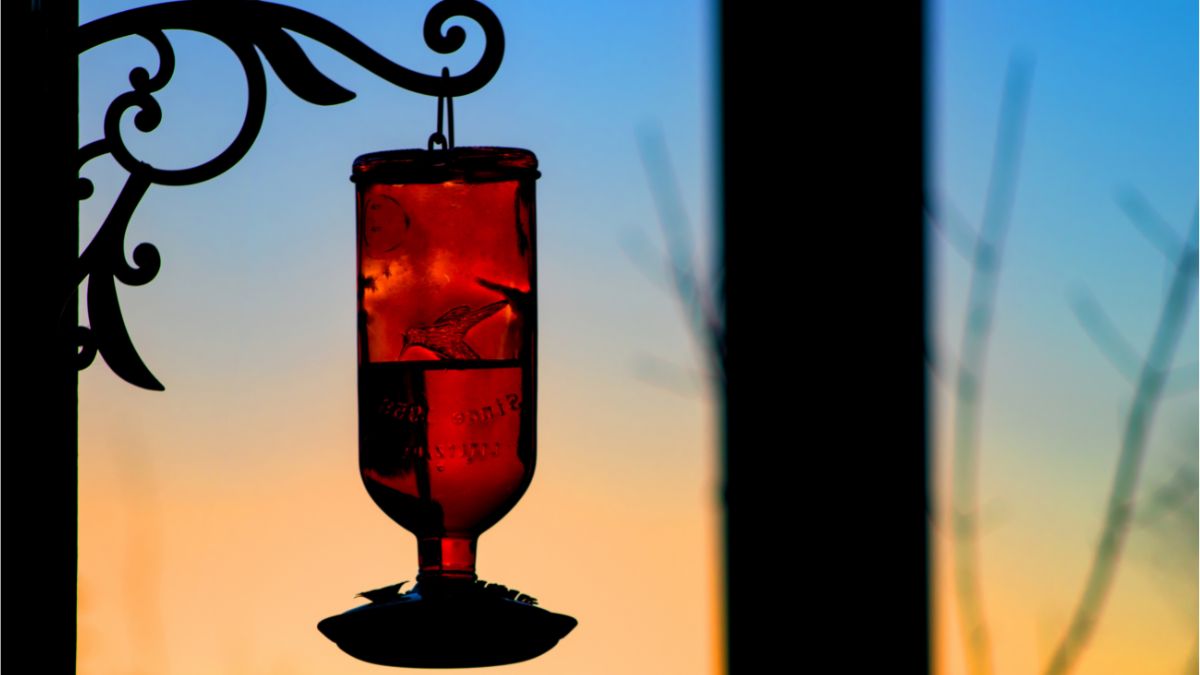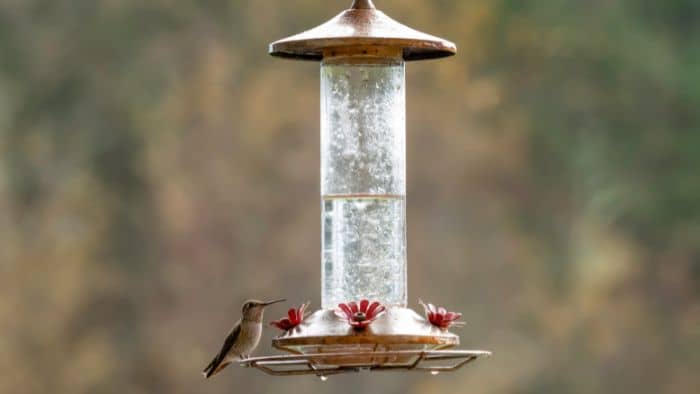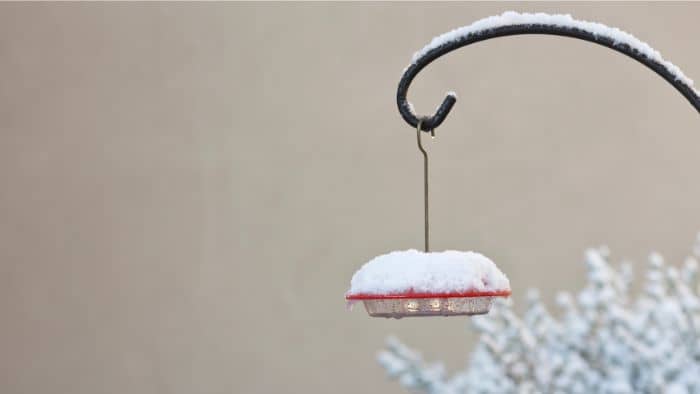Last Updated on July 31, 2022 by Guillermina
Attract more of nature’s flying jewels by hanging deck rail hummingbird feeder.
Installing a deck rail hummingbird feeder is a great way to attract a variety of these birds to your vicinity. In addition, it is the best way to improve their overall health. These cute, tiny birds need to consume an astonishing amount of daily calories just to be able to function normally. Did you know that they have the highest metabolic rate of all animals on earth? This is truly an amazing feature for such a small creature.
You can attract them to your garden by planting their favorite flowers, such as lantana, zinnia, salvia, flowering tobacco, petunia, and foxglove, and experts suggest setting up several feeders to increase your chances of success. To help you choose the ideal one, let us tell you a little more about the deck rail hummingbird feeder, as well as other crucial information you need to know before making this important decision.
Can The Feeder Be Placed On The Balcony?
If you want to enjoy being near these birds, setting up a deck rail hummingbird feeder is a great way to reach them. The most important thing is to think about the safety of these cute birds and choose a place that is quite far from electrical installations, wires, air conditioners, etc.
Another thing you need to take into account is the appearance of the feeder itself. Choose one that is large and colorful enough to make sure it can successfully complete its task and attract hummingbirds. The market is full of available feeders; therefore choose the one that best suits your budget, preferences as well as the deck itself.
A Few Sentences About The Deck Rail Hummingbird Feeder
The best way to hang a hummingbird feeder so that it can fulfill both of its primary functions (complete the space and serve a purpose) is to hang it off a deck or balcony railing pole. It has quite similarities with Shepherd’s hook pole because it has something known as clamp-on or adjustable bird feeder deck or rail poles.
Keep in mind that the deck rail hummingbird feeder can also be used for some other, larger bird species. As for mounting, it is very simple and does not require any special knowledge, all you need to do is fasten it with tightening nuts only, so no additional tools are needed.
Furthermore, what you need to pay special attention to when buying is the appearance of the feeder itself. Wondering why? In short, flat-top railings are advantageous because they are the easiest option to mount. However, that doesn’t mean you should give up if you prefer curved railings, you’ll just have to work a little harder to make everything safe and functional to use.
As for hanging, it is also optional. The feeder can be hung on either side of the deck, but if you decide to mount it on the side closer to your home, prepare for the constant mess and crumbs of food on the deck’s floor. Experts recommend hanging your deck rail hummingbird feeder outwards (over the yard) to make sure the leaking nectar won’t damage the wooden deck.
To Conclude: How To Choose The Ideal Deck Rail Hummingbird Feeder?
Since there are many species of hummingbirds, according to available data it is assumed that there are currently over 350 known hummingbird species, with new species being described every year, therefore experts suggest to select the feeder according to the strength of the hummers that are visiting your backyard.
Keep in mind that you need to choose a large enough and colorful feeder that, among other things, best suits your budget, surrounded by plants that these flyers prefer. Lastly, place it in a place surrounded by plants, flowers, and herbs these fliers prefer.
Read more: Can Hummingbirds Survive Cold Weather? No. 1 Method To Help These Amazing Creatures
FAQ’s
How Do You Hang A Hummingbird Feeder On A Deck?
The most important thing to pay attention to when hanging hummingbird feeders is that they should be easy and convenient to reach. Why? You will have to clean them and refill them with sweet nectar and/or seeds every 3-5 days, at least when it comes to the summer period.
Clean hummingbird feeders are essential if you want to attract more different types of hummingbirds to your vicinity. If they are difficult to reach, most people give up regular cleaning and maintenance, and this has a big impact on reducing the arrival of these small birds for feeding. By no means do they like dirty feeders.
Can Hummingbird Feeders Sit On Deck?
In short, yes! It’s a great way if you enjoy watching hummingbirds eat, rest, and have fun on your deck.
What Is The Best Height To Hang A Hummingbird Feeder?
In terms of height, feeders intended for these small birds should be mounted or hung at a mid-height range, preferably somewhere between 4 and 6 feet. A height of 6 or more is recommended, but you should not overdo it and make it difficult for yourself to access.
The higher the feeder, the harder it is to access, which can mean that you will sometimes be too lazy or tired of maintaining it. Therefore, experts recommend this height because then the feeder becomes accessible to everyone.
What Is The Best Place To Hang A Hummingbird Feeder?
The position in which you will place the hummingbird feeder plays a big role. The poorly positioned feeder may leak and affect the quality of nectar, as well as attract insects, pests, or in worse cases, various, dangerous predators. By putting a hummingbird feeder in the right place, your visitors will have a reliable food source, and you will have your own, private place for birdwatching.
Here are the best spots for hanging feeders for hammers:
- Near plants that hummingbirds already prefer to visit.
- Away from direct sunlight.
- Close enough that you can observe them, and yet far enough away that they can feel safe.
- Keep them away from your windows (not less than 15 feet) to avoid possible fatal collisions.



